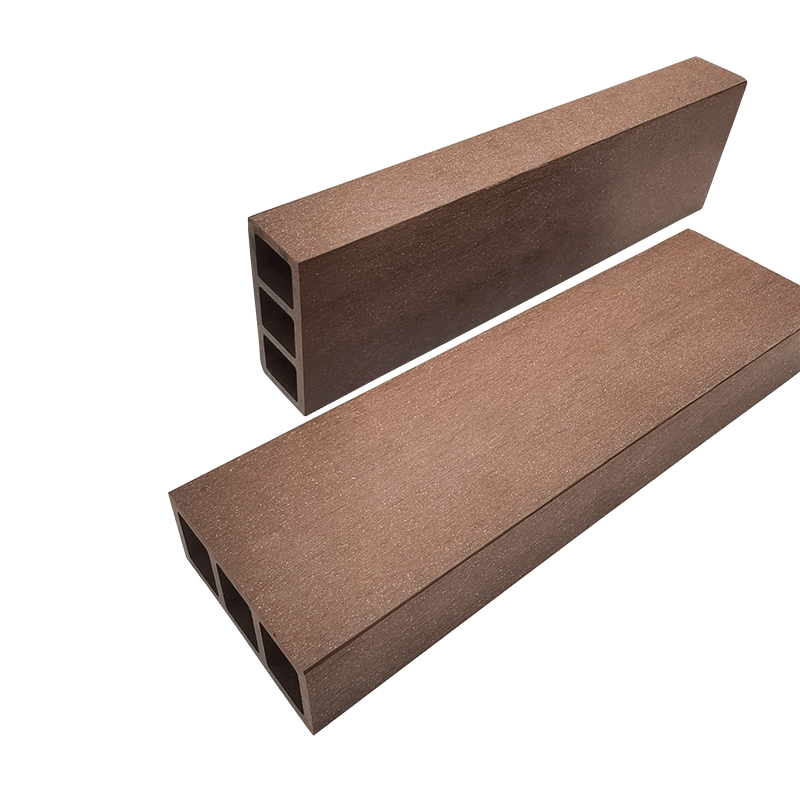Provide you with the latest enterprise and industry news.
WPC stands for Wood-Plastic Composite. It is a hybrid material composed of wood fibers or wood flour blended with thermoplastics, usually recycled polyethylene (PE), polypropylene (PP), or polyvinyl chloride (PVC). WPC combines the natural look and feel of wood with the durability and low maintenance of plastic, resulting in a versatile material used in various applications, including decking, fencing, furniture, and flower boxes.
Here are some key differences between WPC and traditional wood or plastic materials:
Appearance: WPC often mimics the appearance of natural wood, with a grain texture and earthy tones. However, unlike natural wood, WPC does not require staining, painting, or sealing to maintain its appearance. It can be manufactured in a variety of colors and finishes to suit different aesthetic preferences.

Durability: WPC is highly durable and resistant to rot, decay, insects, and moisture damage, making it suitable for outdoor applications where traditional wood may deteriorate over time. WPC materials are also less prone to warping, cracking, splintering, and fading compared to natural wood.
Maintenance: WPC requires minimal maintenance compared to traditional wood materials. It does not need to be treated with preservatives or protective coatings, and it can be cleaned easily with soap and water. WPC is also resistant to mold, mildew, and staining, reducing the need for regular upkeep.
Environmental Impact: WPC is considered an environmentally friendly alternative to traditional wood products because it is made from recycled materials and does not contribute to deforestation. By using recycled plastics and wood fibers, WPC helps reduce waste and conserves natural resources.
Versatility: WPC is a versatile material that can be molded and shaped into various forms, sizes, and designs. It can be extruded, molded, or formed into boards, profiles, and other structural components for different applications. WPC is also compatible with traditional woodworking tools and techniques, allowing for easy installation and customization.
Cost: While the initial cost of WPC materials may be higher than that of traditional wood, the long-term savings in maintenance and replacement expenses can make it a cost-effective option over time. WPC materials offer excellent value for money due to their durability, longevity, and low maintenance requirements.
WPC combines the best qualities of wood and plastic to create a durable, eco-friendly, and versatile material suitable for a wide range of indoor and outdoor applications. Its unique combination of natural aesthetics and synthetic performance makes it a popular choice for modern construction and design projects.



 English
English Español
Español














